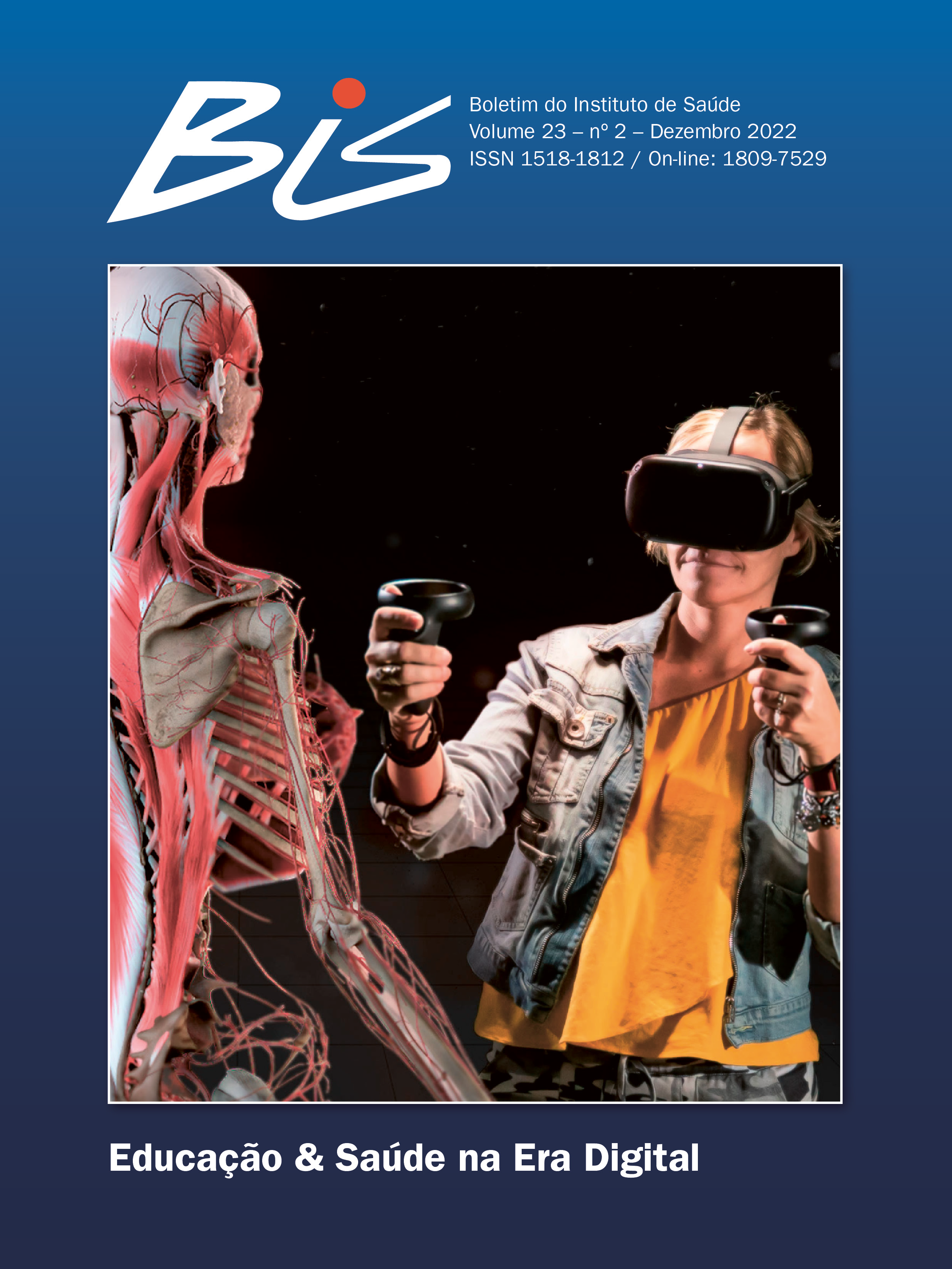Abstract
Adopting study strategies that are efficient is obvious. Not so obvious is determining which strategies actually work. Mental
effort and time spent are strong indirect suggestions of supposed effectiveness, but this is a mistake. Placed side by side, many
brute force strategies prove to be weak in achieving memorization, learning, and reasoning. Among the study strategies that were
effectively tested and showed consistent and positive results, we have the practice of distributed learning (DL). The DL consists of
studying with scheduled interruptions between study sessions, the intervals between sessions being quite variable (seconds, minutes, hours, days, weeks or months). Compared with massed learning (ML), DL is far superior. There are some theories to explain this superiority verified: poor processing, varied coding, consolidation and study retrieval. Whatever the real reason for its efficiency, adopting it would be an intelligent and necessary measure in times of excess stimuli and lack of time. Unfortunately, there is no consensus among the authors about the ideal intervals, but some data combined with the study context indicate that it is possible to arrive at realistic intervals that work in favor of good learning.
References
Grote MG. Distributed versus Massed Practice in High School Physics. School Science and Mathematics. 1995; 95(2):97-101.
Cepeda NJ, Vul E, Rohrer E, Wixted JT, Pashler H. Spacing Effects in Learning A Temporal Ridgeline of Optimal Retention. Psychological Science. 2008; 19(11):1095-1102.
Cepeda NJ, Coburn N, Rohrer D, Wixted JT, Mozer MC, Pashler H. Optimizing Distributed Practice. Experimental Psychology.2009;56(4):236-246.
Vlach HA, Sandhofer CM Distributing Learning Over Time: The Spacing Effect in Children’s Acquisition and Generalization of Science Concepts. Child Dev. 2012;83(4): 1137–44.
Ebbinghaus H Über das Gedächtnis: Untersuchen zur experimentallen Psychologie, Duncker & Humblot, Leipzig, Germany, 1885, Translated in H. A. Ruger and C. E. Bussenius, Teachers College, Columbia University, Dover Press, New York; 1964.
Naqib F, Sossin WS, Farah CA. Molecular Determinants of the Spacing Effect. Neural Plast. 2012; 2012:1-8
Jost A. Die Assoziationsfestigkeit in ihrer Abhängigkeit von der Verteilung der Wiederholungen [Internet]. Leopold Voss, Hamburg; 1897 [acesso em 20 jul 2021]. Disponível em https://books.google.com.br/books/about/Die_Assoziationsfestigkeit_in_ihrer_Abh.
html?id=ZZo-AAAAYAAJ&redir_esc=y
Dobson JL, Perez J, Linderholm T. Distributed Retrieval Practice Promotes Superior Recall of Anatomy Information. Anat Sci Educ. 2017; 10:339–347.
Dempster FN. The Spacing Effect. American Psychologist. 1988; 43(8): 627-634.
Janiszewski C, Noel H, Sawyer AG. A Meta-analysis of the Spacing Effect in Verbal Learning: Implications for Research on Advertising Repetition and Consumer Memory. 2003; 30(1):138–149.
Cepeda NJ, Pashler H, Vul E, Wixted JT. Distributed Practice in Verbal Recall Tasks: A Review and Quantitative Synthesis. Psychological Bulletin. 2006;132(3):354–380.
Kornmeier J, Spitzer M, Sosic-Vasic Z. Very Similar Spacing-Effect Patterns in Very Different Learning/Practice Domains. Plos One. 2014; 9(3):1-11.
Wahlheim CN, Dunlosky J, Jacoby LL. Spacing enhances the learning of natural concepts: na investigation of mechanisms, metacognition, and aging. Mem Cognit. 2011; 39(5): 750–763.
Sisti hM, Glass AL, Shors TJ. Neurogenesis and the spacing effect: Learning over time enhances memory and the survival of new neurons. Learning & Memory. 2007; 14:368–375.
Benjamin AS, Tullis J. What makes distributed practice effective? Cogn Psychol. 2010; 61(3): 228–247.
Toda NRT, Song J, Nieh JC. Bumblebees exhibit the memory spacing effect. Naturwissenschaften. 2009;96:1185-1191.
Kerfoot BP, DeWolf WC, Masser BA, Church PA, Federman DD. Spaced education improves the retention of clinical knowledge by medical students: a randomised controlled trial. Medical Education. 2007;41: 23–31.
Gerbier E, Toppino TC. The effect of distributed practice: Neuroscience, cognition, and education. Trends in Neuroscience and Education. 2015; 4:49-59.
Litman L, Davachi, L. Distributed learning enhances relational memory Consolidation. Learning & Memory. 2008; 15:711-716.
Roediger HL, Butler AC. The critical role of retrieval practice in long-term retention. Trends in Cognitive Sciences. 2011; 15(1):20-27.
Larsen DP. Planning Education for Long- Term Retention: The Cognitive Science and Implementation of Retrieval Practice. Semin Neurol.
;38:449–456.
Alter AL, Oppenheimer DM, Epley N, Eyre RN. Overcoming Intuition: Metacognitive Difficulty Activates Analytic Reasoning. Journal of Experimental Psychology: General. 2007; 136(4):569–576.
Andersen SAW, Mikkelsen PT, Konge L, Thomasen PC, Sørensen MS. Cognitive Load in Distributed and Massed Practice in Virtual Reality Mastoidectomy Simulation. The Laryngoscope. 2016; 126:E74-E79.
Bjerrum AS, Eika B, Charles P, Hilber O. Distributed practice. The more the merrier? A randomised bronchoscopy simulation study. Med Educ Online.2016; 21: 1-6.
Mitchell EL, Lee DY, Sevdalis N, Partsafas AW, Landry GJ, Liem TK, Moneta GL. Evaluation of distributed practice schedules on retention of a newly acquired surgical skill: a randomized trial. The American Journal of Surgery. 2011; 201: 31–39.
Oakley B. Aprendendo a aprender. São Paulo: Atena; 2015.

This work is licensed under a Creative Commons Attribution 4.0 International License.
Copyright (c) 2023 Alexandre Lourenço
